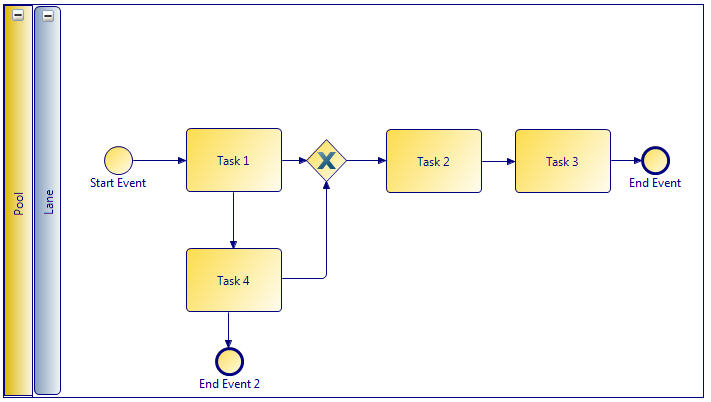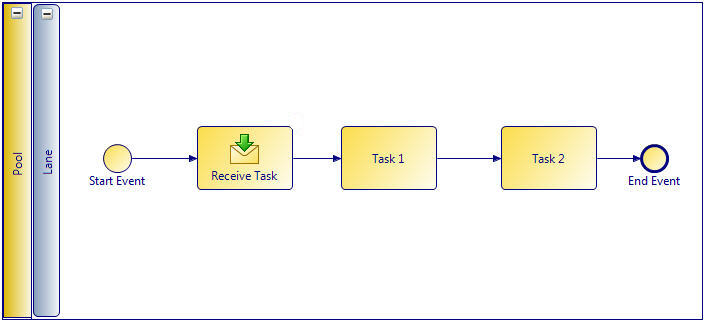Determining if Migration is Valid
Before performing process migration, you must make sure that process migration to an earlier or later process template is valid.
Determining if Process Template Data can be Migrated
When migrating a process template with data, note the following:
- The BPM runtime does not perform any data migration from one version of a process template to another. This means that the data for the destination version of the process must be in place, before migration is performed.
- The BPM runtime does not check whether data is valid from the source version to the target version of the process template.
- If your process has an ad-hoc activity, you must define an initializer for the activity which executes after the migration. This could actually be the migration point itself.
Processes may function incorrectly or crash after migration if the data is not valid after migration. Therefore, TIBCO recommends that you do not do the following between source and destination process templates:
Determining Valid Migration Points
Openspace only displays the valid migration points for the process templates. If a task or gateway is a valid migration point, its name is displayed. Points in the process template that are not valid migration points are not shown.
If you have a process template that contains any tasks or gateways that cannot be migration points then, you can either:
- specify a point in the process template that is a valid migration point, or
- design a valid migration point into your process template based on the rules described below.
Valid migration points are points of the process template where a single process thread executes. If more than one task at a time could be active then those tasks cannot be migration points and will not be displayed as a migration point in Openspace. This is because, as the BPM runtime does not know which task is executing at any time, it is impossible to specify a particular task as a migration point.
Therefore, a task that starts a parallel path is a valid migration point but any tasks that follow are not. This means that the following are not valid migration points:
- Tasks that follow these gateways are not valid migration points:
- Tasks following tasks that have Timer events placed on their boundary with Continue Task on Timeout selected are not valid migration points.
- Tasks following tasks with multiple instance loops with ordering set to Parallel and flow conditions that are set to One. This is equivalent to an exclusive gateway, and means that only the completion of the first activity instance causes flow to continue.
Any tasks inside embedded sub processes cannot be migration points, but the embedded sub process itself may be a migration point. Migration takes place before starting the sub process.
The following events cannot be migration points:
The task name is used to identify a migration point. This means that:
- all tasks must have names
- task names must not be duplicated.
- task names in source and destination process templates must be the same. If the task names differ, they will not be listed in Openspace as valid migration points.
Migration cannot be performed on pageflow processes. Pageflow processes are short-lived processes whose data is not persisted, therefore migration should not be required.
Examples of Processes That are Invalid for Process Migration
The example below shows a process that is invalid for migration.
In this example, only Task 1 is a valid migration point. This is because Task 2 and Task 3 could be executing at the same time as Task 4. Therefore, as the BPM runtime cannot know which task is executing at any time, a specific migration point cannot be identified. You could make this process valid by amending it as shown below.
All tasks in the process are now valid migration points. This is because Task 2 and Task 3 must wait for Task 4 before they can execute.
Similarly, the process shown below is also invalid for migration.
This is because the BPM runtime cannot determine when the receive task will be received so a specific migration point cannot be identified.



